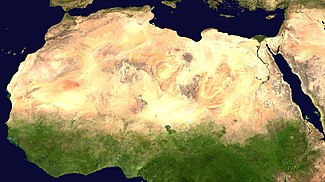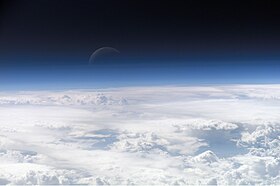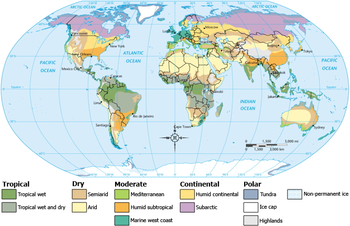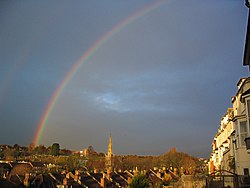Natural environment
From Wikipedia, the free encyclopedia
This article is about the natural environment. For other uses, see Environment (disambiguation).
See also: Nature
Land management policies have been developed to preserve the natural characteristics of Hopetoun Falls, Australia while allowing ample access for visitors.
A satellite image of the Sahara desert; the world's largest hot desert and third largest desert after Antarctica and the Arctic.
- Complete ecological units that function as natural systems without massive human intervention, including all vegetation, microorganisms, soil, rocks, atmosphere and natural phenomena that occur within their boundaries.
- Universal natural resources and physical phenomena that lack clear-cut boundaries, such as air, water, and climate, as well as energy, radiation, electric charge, and magnetism, not originating from human activity.














